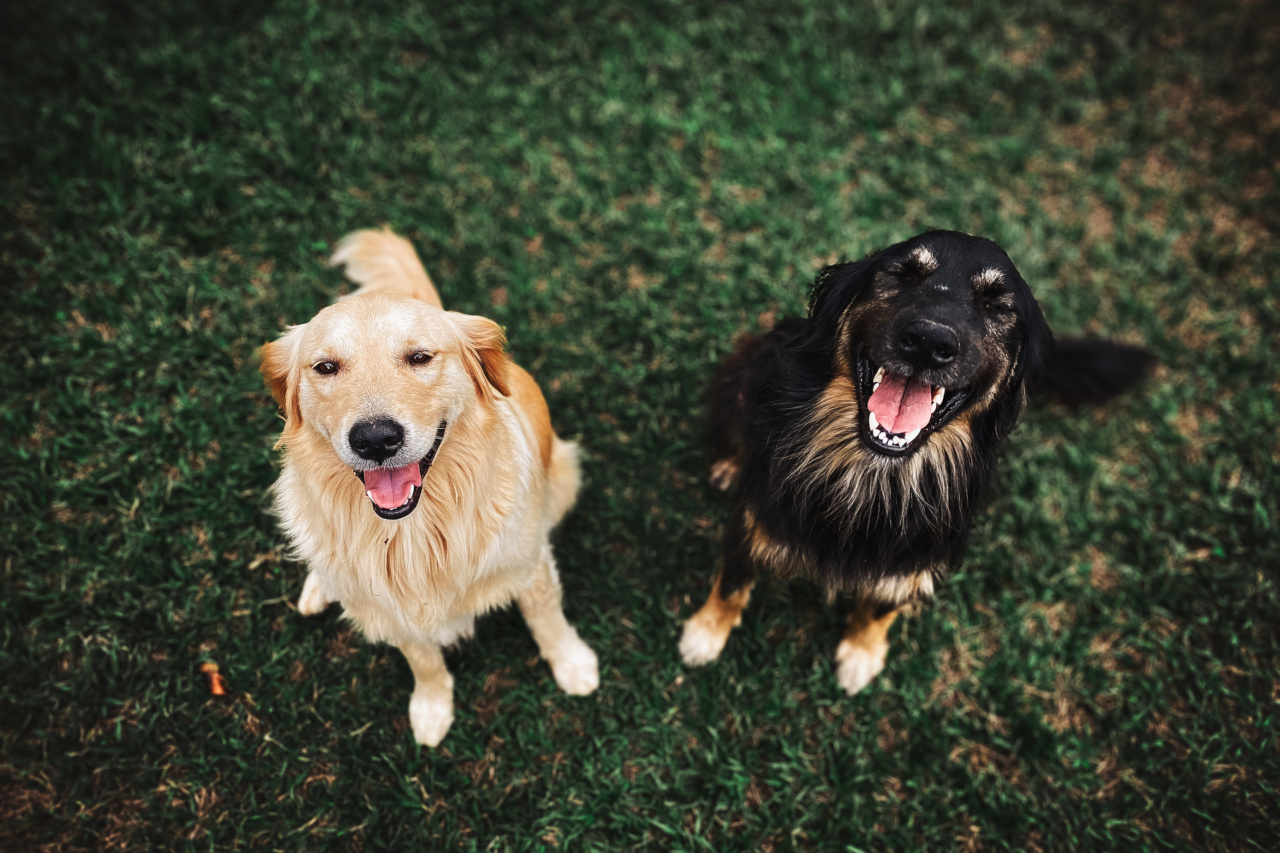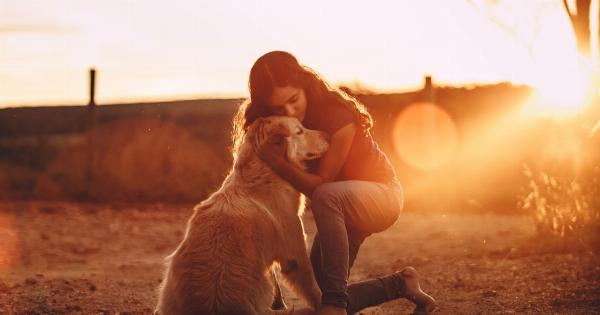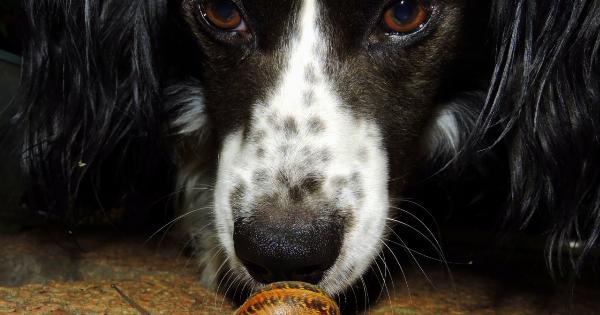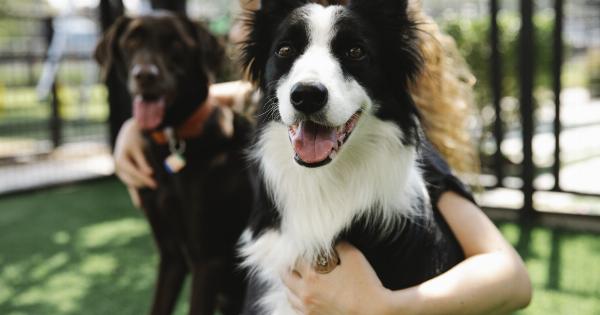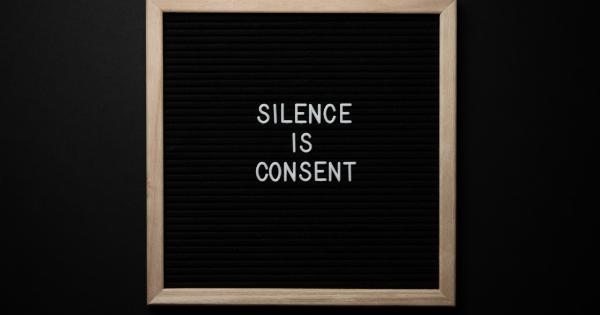Dogs are often referred to as man’s best friend, known for their loyalty, companionship, and ability to understand human emotions. One common belief is that dogs can smile, expressing their happiness and contentment.
But can dogs really smile, or is it just a human projection onto our beloved furry companions? Let’s delve into the fascinating world of canine emotions and facial expressions to find out.
Understanding Canine Facial Expressions
Communicating emotions through facial expressions is not exclusive to humans but is also present in several animal species, including dogs.
However, interpreting these expressions accurately requires a deep understanding of their specific behaviors and body language.
For dogs, their facial expressions are primarily focused on the areas around their eyes, mouth, and ears. These expressions are influenced by various factors, including genetics, breed characteristics, individual personalities, and human companionship.
Here are some common facial expressions you may encounter in dogs:.
1. Raised Eyebrows
Dogs may raise their eyebrows, giving the illusion of a smile. This expression is often accompanied by relaxed eyes and a playful or happy demeanor.
2. Tongue-out Expression
A panting dog with its tongue out is often interpreted as a happy or smiling dog. Panting helps cool their body temperature down, and the tongue hanging out is a natural reaction to heat or excitement.
3. Relaxed Mouth and Open Lips
A relaxed mouth with open lips can give the appearance of a smile. This expression is usually seen when a dog is content, comfortable, or enjoying a pleasant interaction with humans or other animals.
4. Submissive Grin
In some situations, a dog may raise the sides of its lips, baring its front teeth slightly. This is typically a submissive or appeasement gesture, indicating that the dog is not a threat.
5. Soft Eyes
A dog’s eyes can convey a range of emotions, including happiness and contentment. When a dog has a relaxed gaze with soft eyes, it often indicates a positive emotional state.
6. Play Bow
While not exactly a facial expression, the play bow is a common canine behavior that can be associated with a smile-like appearance. Dogs often display a play bow when they are excited, inviting other dogs or humans to engage in playful activities.
7. Tail Wagging
Although not a facial expression, a wagging tail is often associated with a dog’s overall happiness and friendliness. When a dog is genuinely happy and enjoying the moment, their tail may wag energetically, further adding to the impression of a smile.
The Science Behind Dog Smiles
While some of the facial expressions mentioned above can resemble a smile, it is essential to understand that dogs do not possess the same facial anatomy as humans.
The structure of their facial muscles and bones differs, making it impossible for them to replicate the specific movements that create a smile on a human face.
However, this doesn’t mean that dogs cannot express joy, happiness, or contentment. Dogs have their own unique ways of showing their emotions, and what we interpret as a smile is often a manifestation of their positive state of mind.
Research has shown that dogs are highly perceptive to human emotions and facial expressions, thanks to their evolution and domestication alongside humans for thousands of years.
They can sense happiness, sadness, and other emotional states in their human companions and respond accordingly.
Furthermore, studies have demonstrated that dogs have the ability to mimic human facial expressions. They can mirror human smiles or sad expressions, suggesting a level of empathy and emotional connection between dogs and humans.
Interpreting Canine Smiles
When a dog exhibits behaviors that resemble a smile, it is crucial to consider the context and their overall body language.
A wagging tail, relaxed body posture, and other indicators of comfort are valuable cues to determine a dog’s emotional state.
It is important not to anthropomorphize dogs, attributing human characteristics or emotions to them.
While dogs can demonstrate happiness, their expression of joy is unique to their species and should be respected and understood within their canine context.
Building Strong Bonds with Dogs
Whether or not dogs can physically smile like humans, there is no denying the happiness and joy they bring to our lives.
Dogs have an incredible ability to understand and respond to their human companion’s emotions, providing comfort and support in times of need.
To strengthen our bond with dogs, it is crucial to recognize and respect their individuality, including their unique expressions of happiness.
Understanding their body language, facial cues, and overall demeanor can help us better understand our beloved canines and meet their emotional needs.
Dogs and Our Emotional Well-being
The emotional benefits of having a dog as a companion are well-documented. Dogs can help reduce stress, anxiety, and feelings of loneliness or depression.
Their presence can provide us with comfort and a sense of purpose, improving our overall emotional well-being.
While dogs may not be able to smile in the same way humans do, their genuine love and unwavering loyalty often convey more happiness than any facial expression could.
So, the next time your dog looks at you with those adoring eyes and a relaxed face, remember that their unique version of a smile is a beautiful testament to their love and affection.
